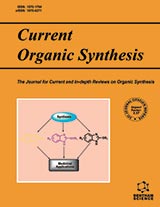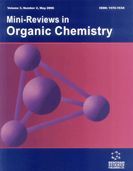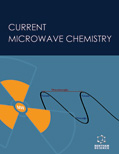Abstract
Conformational behaviors of 2, 5-dimethoxy-2,5-dimethyl-1,4-dithiane (compound 1) and 2,5-dimethyl-2,5-bis (methylthio)-1,4-dithiane (compound 2) were investigated by computational methods including B3LYP/6-311+G** and M06-2X/6-311+G** levels of theory and NBO analysis. The stereoelectronic effect of axial, axial (ax, ax) and equatorial, equatorial (eq, eq) conformations was studied using NBO analysis. Using NBO analysis, the values of the stereoelectronic effects were calculated through the energy of stability associated with the electron transfers of compounds 1 and 2. The results showed that the eq, eq conformations of the studied compounds were more stable than their corresponding ax, ax conformations, and LP2X→σS1-C2 and LP2S→σ*C2-X electron transfers play important roles in the conformational behavior of the studied compounds. The main purpose of the present work was to study the effects of stereoelectronic interactions and steric on the conformational superiority of the di-methoxy (compound 1) and di-thiomethyl compounds (compound 2). Thus, the values of resonance stability energy, non-diagonal elements, and orbital populations were investigated. Also, active electrophilic and nucleophilic centers were identified using fronting orbitals analysis obtained by DFT methods. The electrostatic potential maps of the title compounds were investigated at the B3LYP/6-311+G* level of theory. All of the NMR parameters and geometrical properties of both compounds were determined in this study.
Keywords: DFT, Stereoelectronic effect, NMR parameters, NBO analysis, dithiane.
Graphical Abstract
























